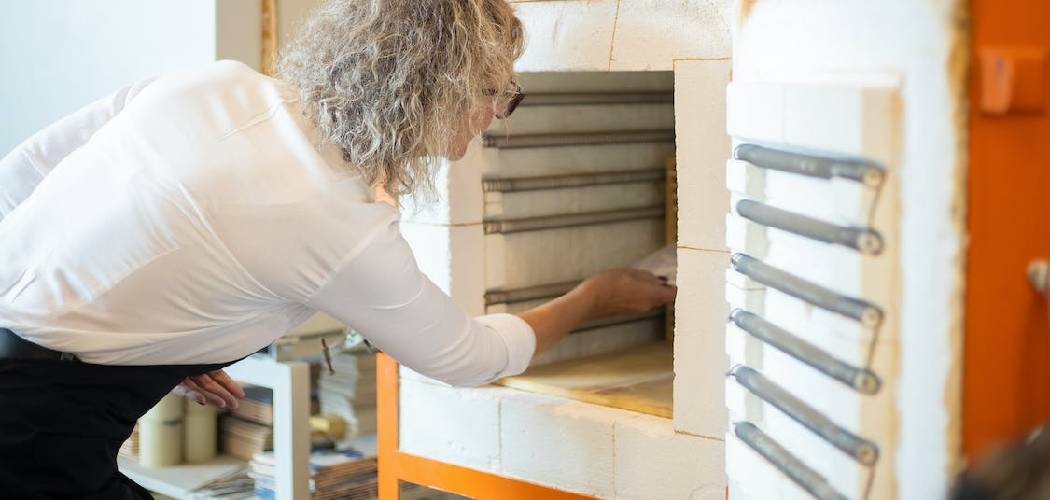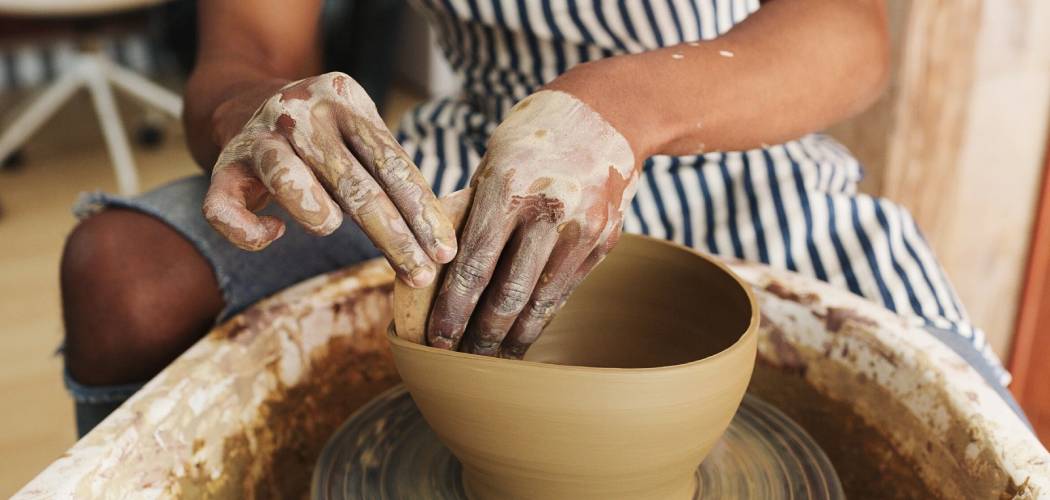Ventilating a kiln in a basement is a critical task for individuals pursuing pottery or ceramics as a hobby or profession. Kilns generate high temperatures and release potentially harmful fumes, making adequate ventilation essential for safety and optimal firing results. Properly venting a kiln in your basement requires careful planning and execution, ensuring that any emitted heat and gases are safely directed outside, rather than accumulating within the confined space of your basement.
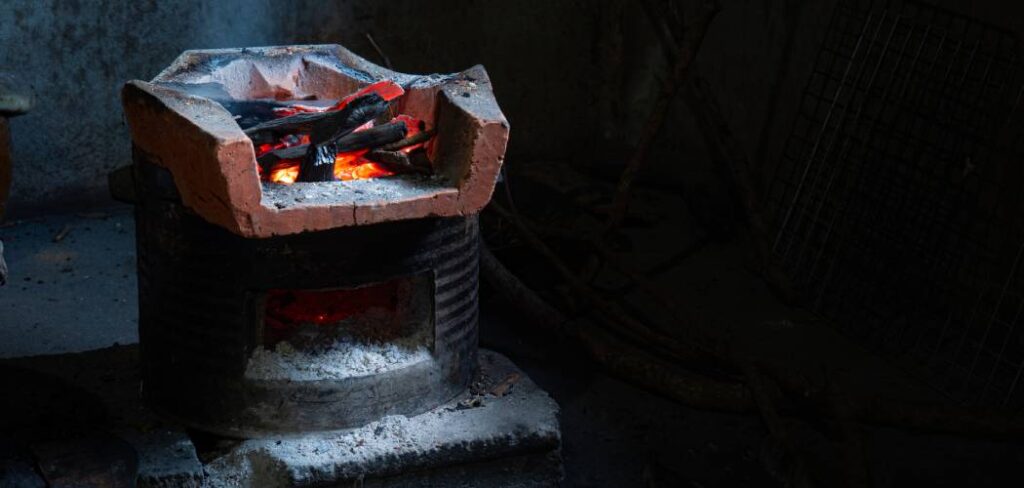
In this comprehensive guide, we will delve into how to vent a kiln in a basement. Whether you are a seasoned ceramics artist or just starting your pottery journey, understanding the nuances of kiln ventilation is crucial. From selecting the right ventilation system to complying with local building codes, we’ll provide you with the knowledge and guidance necessary to create a safe and efficient kiln setup in your basement, allowing you to pursue your craft with confidence.
“Venting a kiln in a basement typically involves installing a ventilation system with a duct leading to the outside to expel fumes and heat, ensuring proper ventilation and safety within the enclosed space. Professional installation may be necessary to comply with local building codes and ensure effective venting.”
Table of Contents
Importance of Proper Ventilation of a Kiln in Basement
Proper ventilation is essential when operating a kiln in a basement. Kilns produce a variety of fumes and gases during the firing process, including carbon monoxide, sulfur dioxide, and nitrogen oxides. These gases can be harmful if inhaled in high concentrations. In addition, the heat generated by the kiln can cause the temperature in the basement to rise, leading to discomfort and potential damage to the kiln and surrounding structures.
Inadequate ventilation can also lead to a buildup of moisture in the basement. This can result in mold growth, which can be detrimental to both the kiln and the health of those using the space. Proper ventilation helps to remove excess moisture from the air, preventing mold growth and maintaining a safe and comfortable environment.
10 Steps How to Vent a Kiln in a Basement
Step 1: Assess Your Basement Space
Before you begin venting your kiln, assess your basement space. Consider factors such as the size of your kiln, the location of your electrical panel, and the proximity of windows and doors. This assessment will help you determine the best location for venting your kiln.
Step 2: Choose the Right Kiln Ventilation System
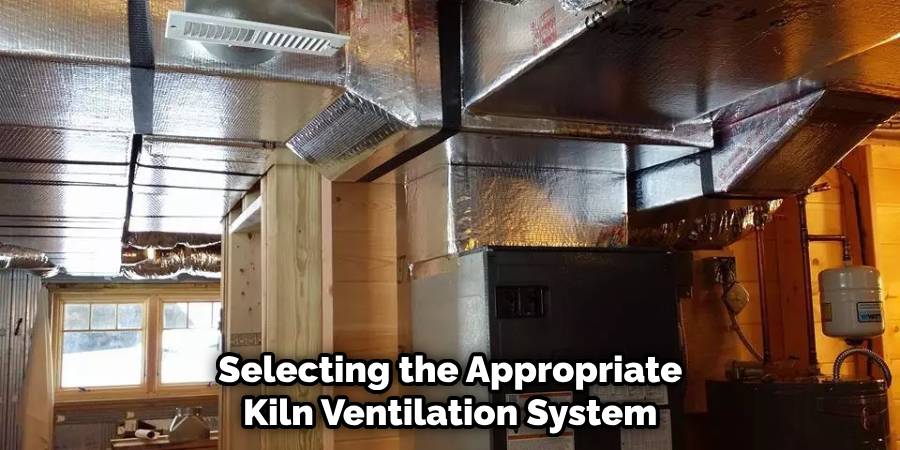
Selecting the appropriate kiln ventilation system is crucial. There are various types available, including downdraft venting, sidewall venting, and overhead venting. The choice depends on your kiln’s design and your basement’s layout. Consult with kiln manufacturers or experts to determine the best system for your setup.
Step 3: Plan the Ducting Route
Plan the route for the ducting that will carry fumes from your kiln to the outside. Ensure that the ducting follows a clear and unobstructed path, avoiding sharp bends and tight corners. The ducting material should be heat-resistant and suitable for venting purposes.
Step 4: Measure and Cut the Ducting
Measure and cut the ducting to the appropriate length based on your planned route. Be precise in your measurements to avoid any gaps or misalignments. Ensure that the ducting fits securely onto the kiln’s exhaust port.
Step 5: Create an Exhaust Hole
Drill a hole through the basement wall or floor to create an exhaust port for the ducting. Ensure that the hole is appropriately sized to accommodate the ducting and that it leads to the exterior of your home.
Step 6: Install a Vent Cap
Attach a vent cap to the exterior end of the exhaust port. The vent cap prevents rain, pests, and debris from entering the ducting and interfering with the ventilation system.
Step 7: Connect the Ducting
Connect the ducting to both the kiln’s exhaust port and the exhaust hole you created in the wall or floor. Use appropriate connectors and clamps to secure the ducting in place. Ensure that the connections are airtight to prevent fumes from leaking into the basement.
Step 8: Install an Inline Fan
In many kiln ventilation systems, an inline fan is necessary to help move air efficiently through the ducting. Install the inline fan along the ducting route, typically closer to the exhaust hole. Make sure the fan is correctly oriented to push air out of the basement.
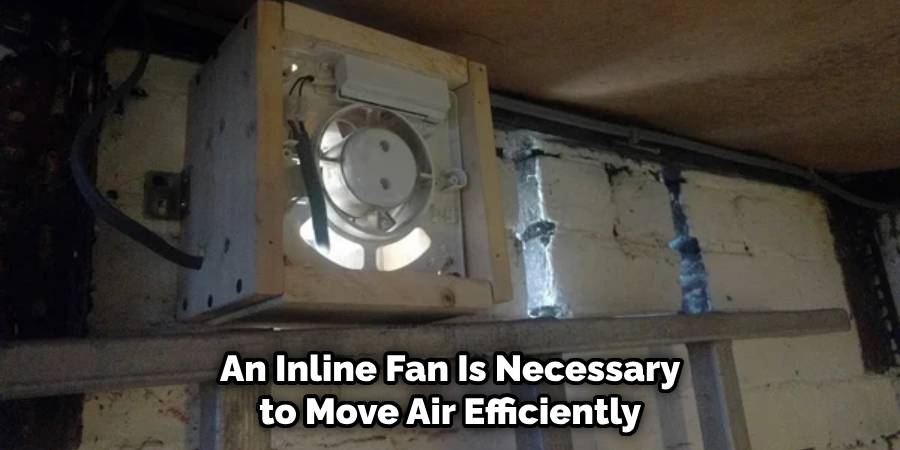
Step 9: Electrical Wiring and Controls
Wire the inline fan to an appropriate electrical source and install any necessary controls or switches. Ensure that the electrical work complies with local building codes and safety standards. Consider using a dedicated circuit for the fan to avoid overloading existing circuits.
Step 10: Test and Maintain the Ventilation System
Once the installation is complete, test the ventilation system by firing your kiln. Monitor the airflow, ensuring that fumes are being effectively vented outside. Regularly inspect and maintain the system, cleaning ducting and fan components as needed to keep it functioning optimally.
Assessing the Basement Space for Kiln Ventilation
Before installing a kiln ventilation system in a basement, it is important to assess the space to determine the best approach. Consider the size and layout of the basement, as well as any existing ventilation systems or obstacles that may need to be taken into account.
First, measure the size of the basement to determine the appropriate size of the ventilation system. A larger basement may require a more powerful system to adequately ventilate the space. Additionally, consider the layout of the basement and any obstacles that may impede the flow of air. For example, if there are walls or partitions that block the airflow, it may be necessary to install additional ventilation ducts or fans to ensure proper circulation.
It is also important to consider any existing ventilation systems in the basement. If there are already vents or fans in place, determine if they can be incorporated into the kiln ventilation system or if additional ventilation is needed. Finally, assess the location of the kiln in relation to other areas of the basement. It is important to ensure that the kiln is located in an area where the ventilation system can effectively remove fumes and gases.
Choosing the Right Type of Kiln Ventilation System
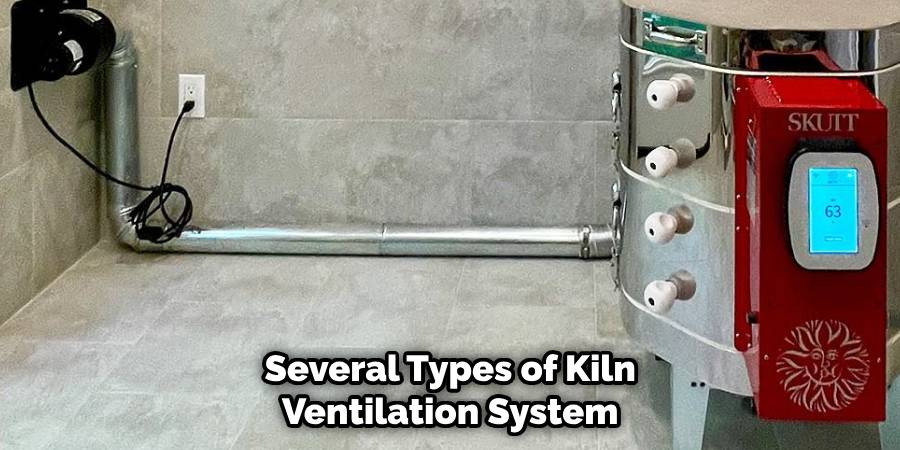
There are several types of kiln ventilation systems available, each with its own advantages and disadvantages. The type of system you choose will depend on factors such as the size of the basement, the layout of the space, and your specific needs and preferences.
One option is a natural ventilation system, which relies on natural airflow to remove fumes and gases from the kiln. This can be achieved through the use of windows, doors, or vents that allow fresh air to enter the space and carry away the fumes. Natural ventilation systems are relatively simple and cost-effective, but may not be sufficient for larger or more heavily used kilns.
Another option is a mechanical ventilation system, which uses fans or blowers to circulate air and remove fumes and gases. These systems can be more effective at removing pollutants and maintaining a consistent airflow, but they can also be more expensive to install and operate.
A third option is a combination of natural and mechanical ventilation. This approach combines the benefits of both systems, using natural airflow when possible and supplementing with mechanical ventilation when needed.
Tips for Maintaining a Kiln Ventilation System
Proper maintenance is essential to ensure that a kiln ventilation system operates efficiently and safely. Here are some tips to help you maintain your system:
1. Regularly clean and inspect the ventilation ducts or fans to remove any dust or debris that may accumulate over time. This will help to maintain proper airflow and prevent blockages.
2. Check the connections between the ventilation system and the kiln regularly to ensure that they are secure and airtight. Loose connections can lead to leaks and reduced performance.
3. Monitor the performance of the ventilation system regularly to ensure that it is providing adequate airflow and fume removal. If you notice any issues, such as reduced airflow or increased fume levels, address them promptly to prevent further problems.
4. Follow the manufacturer’s recommendations for maintenance and servicing of the ventilation system. This may include regular filter changes, lubrication of moving parts, and inspection of electrical components.
5. Keep the area around the kiln clean and free from clutter. This will help to maintain proper airflow and prevent the buildup of dust and debris that can affect the performance of the ventilation system.
Common Mistakes to Avoid When Venting a Kiln in a Basement
When venting a kiln in a basement, there are several common mistakes that people make. By avoiding these mistakes, you can ensure that your kiln ventilation system operates efficiently and safely.
One common mistake is not properly assessing the space before installing the ventilation system. It is important to consider factors such as the size and layout of the basement, as well as any existing ventilation systems or obstacles that may need to be taken into account. Failure to do so can result in an inadequate ventilation system that does not effectively remove fumes and gases.
Another common mistake is not properly maintaining the ventilation system. Regular cleaning and inspection are essential to ensure that the system operates efficiently and safely. Failure to do so can result in reduced airflow, increased fume levels, and potential damage to the kiln and surrounding structures.
Finally, it is important to avoid using improper materials or techniques when installing the ventilation system. This can lead to leaks, reduced performance, and potential safety hazards. Always follow the manufacturer’s instructions and use appropriate materials and techniques for installation.
Ensuring Safety When Venting a Kiln in a Basement
Safety should be a top priority when venting a kiln in a basement. Here are some considerations to keep in mind to ensure the safety of yourself and others:
1. Ensure that the ventilation system is properly installed and maintained. This includes regular cleaning and inspection, as well as prompt repair of any issues that arise.
2. Install smoke and carbon monoxide detectors in the basement to provide early warning of any potential hazards. Test these detectors regularly to ensure that they are functioning properly.
3. Keep the area around the kiln clear of flammable materials, such as paper, fabric, or chemicals. This will help to reduce the risk of fire and other accidents.
4. Follow all safety guidelines and recommendations provided by the kiln manufacturer. This may include wearing protective clothing, using proper firing techniques, and following proper shutdown procedures.
5. Educate yourself and others on the potential hazards of operating a kiln in a basement and how to safely use and maintain the ventilation system. This includes understanding the signs of carbon monoxide poisoning and knowing what to do in case of an emergency.
Troubleshooting Kiln Ventilation Issues in a Basement
Despite proper installation and maintenance, issues with kiln ventilation systems can still arise. Here are some common issues that may occur and troubleshooting tips to help resolve them:
1. Reduced Airflow:
If you notice a decrease in airflow from the ventilation system, check for any blockages in the ductwork or fans. Remove any dust or debris that may be obstructing the airflow. If the issue persists, check the fan motor or blower for any signs of damage or wear and replace if necessary.
2. Increased Fume Levels:
If you notice an increase in fume levels in the basement, check for any leaks in the ventilation system. Inspect the connections between the kiln and the ventilation system for any signs of damage or gaps. Repair or replace any damaged components to ensure airtight connections.
3. Excessive Heat:
If the temperature in the basement rises excessively during kiln operation, check for any obstructions to the airflow. Ensure that the ventilation system is providing adequate airflow to remove heat from the space. If necessary, consider adding additional ventilation ducts or fans to improve airflow.
4. Unusual Noises:
If you hear any unusual noises coming from the ventilation system, such as grinding or rattling, it may indicate a problem with the fan motor or blower. Inspect the motor or blower for any signs of damage or wear and replace if necessary.
Conclusion
In conclusion, venting a kiln in a basement is a vital aspect of ensuring safety and achieving optimal results in ceramics and pottery. By following the steps on how to vent a kiln in a basement outlined in this guide and considering all the important factors, you can create a well-ventilated and secure environment for your kiln. Properly directing heat and fumes away from the basement is not only crucial for your health but also for the longevity of your kiln and the quality of your fired pieces.
Remember that safety should always be a top priority. Adhering to local building codes and seeking professional assistance when necessary will help you avoid potential hazards. Additionally, regular maintenance and monitoring of your ventilation system will ensure its continued effectiveness.
